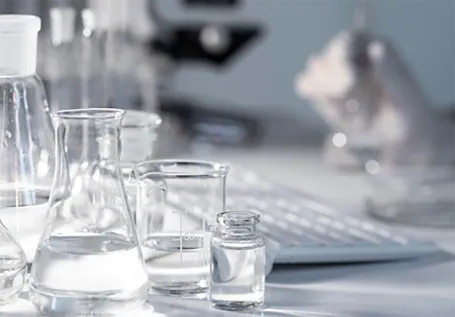The Role of Additives in Plastic Recycling
Plastic recycling is a crucial component of sustainable development and environmental conservation. With the exponential growth of plastic waste, innovative methods to recycle and repurpose materials have emerged, enhancing the effectiveness of recycling processes. Among these innovations are various additives that improve the quality and efficiency of recycled plastics, making them more viable for reuse in new products.
Understanding Additives in Plastic Recycling
Additives are substances added to plastics during manufacturing and recycling processes to enhance their properties. In recycling, these additives can serve multiple purposes, such as improving the mechanical strength of recycled materials, aiding in color matching, and providing resistance to UV light and microbial degradation. Common types of additives used in plastic recycling include compatibilizers, antioxidants, stabilizers, and plasticizers.
Compatibilizers enhance the compatibility between different types of plastics, which is essential when recycling multi-layered or mixed plastic materials. Since plastics often have distinct chemical structures and properties, compatibilizers help blend these materials more effectively, leading to a more homogeneous recycled product.
Antioxidants play a crucial role in preventing the degradation of recycled plastics during processing. When plastics are recycled, they can undergo thermal and oxidative degradation, which can significantly reduce their performance and lifespan. By incorporating antioxidants, recyclers can preserve the integrity of the material, ensuring that the final product maintains desirable properties.
Stabilizers are crucial for providing long-term durability to recycled plastics. They protect against environmental factors such as UV radiation and temperature fluctuations, which can lead to fading, brittleness, or other forms of deterioration over time. This is particularly valuable for outdoor applications, where resistance to weathering is essential.
plastic recycling additives

Plasticizers are used to enhance the flexibility and workability of recycled plastics. They can help in producing softer, more pliable materials suitable for a broader range of applications, thus increasing the marketability of recycled products.
Benefits of Using Additives in Plastic Recycling
The incorporation of additives not only improves the quality of recycled plastics but also enhances the economic viability of recycling processes. Higher-quality recycled materials can command better prices in the market, encouraging more plastic waste to be diverted from landfills into recycling facilities. Moreover, the use of additives can streamline the recycling process, reducing energy consumption and costs associated with reprocessing materials.
Additionally, the adoption of additives can facilitate the creation of a circular economy, where recycled materials are continually repurposed, reducing the reliance on virgin plastics. This shift not only conserves resources but also minimizes environmental impact by lowering greenhouse gas emissions associated with plastic production.
Conclusion
In conclusion, additives play a vital role in the plastic recycling industry, enhancing the quality and efficacy of recycled materials. As the world grapples with the challenges of plastic waste, the strategic use of additives can contribute to more sustainable practices and foster a circular economy. As technology and innovation continue to advance, the integration of additives will likely evolve, offering even greater potential to transform recycled plastics into valuable resources for the future.

